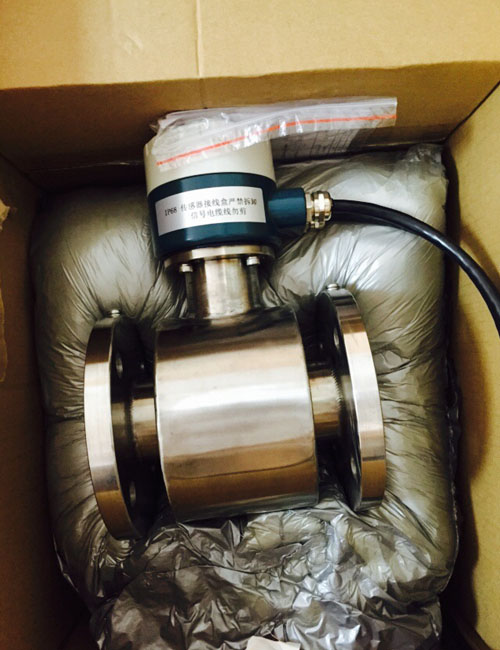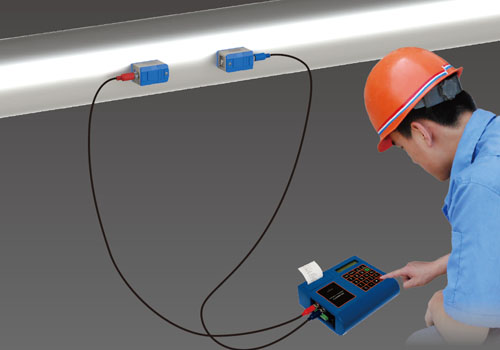
|
Phenomenon |
Cause |
Measure |
|
No flow signal output |
1. Instrument power supply is not normal. 2. The cable is not connected properly. 3. Liquid flow conditions do not meet the requirements. 4. The sensor parts are damaged or the inner wall is attached. 5. The converter components are damaged. |
1. Check whether the output of the power circuit board is normal. 2. Connect the cables correctly. 3. Check the flow direction of the liquid and whether the liquid in the tube is filled. 4. Regularly clean the covered liquid scar layer. 5. Replace the damaged components. |
|
Output value fluctuation |
1. Electromagnetic interference generated by external stray current. 2. The pipe is not filled with liquid or contains bubbles in the liquid. 3. The power supply board is loose. |
1. Check the instrument operating environment whether there is a large electrical or welding machine at work. 2. Make sure the liquid is full of tubes or bubbles are flattened. 3. Disassemble the flow meter and re-secure the circuit board. |
|
The flow measurement value does not match the actual value |
1. Transmitter circuit board is broken down. 2. Liquid flow rate is too low, containing tiny bubbles. 3. The signal cable is not connected properly. 4. The parameter setting of the converter is not accurate. |
1. Check whether the transmitter circuit board is in good condition or not. 2. Ensure that the flow rate of the liquid under test is above the minimum flow limitation. 3. Check whether the signal cable connection and cable insulation are in good condition or not. 4. Re-set the converter settings value and verify the zero and full values of the converter. |
|
Output signal over range |
1. Signal cable wiring is wrong. 2. The parameters of the converter are set incorrectly. 3. The converter and sensor models are not matched.
|
1. Check the signal loop connection. 2. Check the parameters of the converter settings and zero, full compliance with the requirements. 3. Replace the converter and sensor models. |
